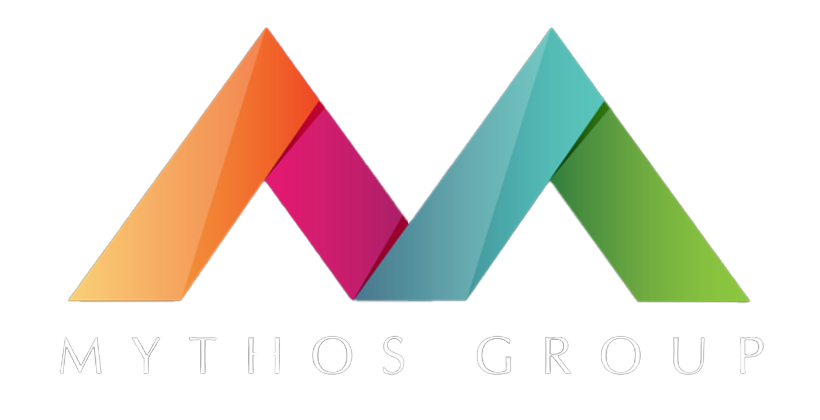These 4 Business Functions Account For 75% Of AI’s Economic Value
Since the buzz about generative artificial intelligence (AI) began, you’ve likely seen reports about how the technology could add trillions of dollars of value to the global economy. You’ve seen how generative AI can be used in job functions like customer service, graphic design, and data entry across industries.
As a business leader, you know what generative AI is capable of, but where does most of the economic value actually apply, and what are the returns of using it? We’ve put together this practical guide to help contextualize exactly where business leaders should be tapping into AI for the largest gains.
*Note: All statistics were pulled from this 2023 impact report unless otherwise attributed.
4 Areas With The Highest Economic Impact Potential For Generative AI
Recent research shows current generative AI and similar technologies could automate activities that take up 60-70% of an employee’s time. With this knowledge, it’s easy to assume that you should try to implement AI in every corner of your organization to achieve the highest overall productivity level.
However, 75% of the value that generative AI could deliver for your business stems from just four areas:
- Customer operations
- Marketing and sales
- Software engineering
- Research and development
Each of these areas has specific, measurable use cases for implementing AI. If you’re considering integrating AI into your business operations, here’s why you should focus first on these four functions.
1. Customer Operations
Generative AI has shown the potential to increase productivity at a direct value of up to 45% of current customer operations costs. This is equal to a global value of about $404 billion.
A few specific ways you can use generative AI to improve customer and agent experiences include:
- Personalized self-service: Your business can tap into the world of natural language processing by implementing an AI chatbot. These bots can return customized responses to customer inquiries regardless of the customer’s location or language.
- Faster responses: AI chatbots interact with the customer in real time, so the customer doesn’t have to wait for a human representative to dig through the customer’s file or seek out the information. Considering employees spend an average of 3.6 hours each day searching for information, automated agents can significantly improve productivity in this area.
- Agent assistance: When working in tandem with a human representative, generative AI can instantly pull data related to a specific customer, helping the agent resolve issues faster.
2. Marketing & Sales
Of all job functions, marketing and sales perhaps have the most use case opportunities for implementing generative AI into daily workflows. For instance, AI tools can assist marketing and sales teams by:
- Delivering tailored messages based on each customer’s interests
- Create working first drafts of headlines, slogans, social media posts, and more
- Helping teams enhance their search engine optimization (SEO), leading to higher conversion rates
- Recommending products to shoppers based on their preferences and order history
- Identifying and prioritizing sales leads to improve close rates
Through these capabilities, AI can contribute a global value of around $463 billion in marketing functions and an additional $486 billion in sales functions.
3. Software Engineering
Acting as a coding assistant, generative AI has the potential to lift the global productivity value of software engineering in corporate IT by around $485 billion. In product development engineering, the potential global value is about $414 billion.
Software engineers across industries can train generative AI to assist with functions like:
- Generating initial code drafts
- Root-cause analysis
- Correcting and refactoring code
4. Research & Development
Generative AI involves research in practically every task it performs, making it a perfect companion to help speed up research and development processes.
AI can assist R&D teams by:
- Reducing design time, which can accelerate the process of developing new drugs and materials
- Creating designs with broader areas of application, which can speed time to market
- Improving product testing
These use cases have the potential to improve productivity with a value equaling 12% of overall global R&D costs.
Examples Of Generative AI Success Stories
More than 70% of companies are experimenting with generative AI to improve customer operations, coding processes, and more. Here are a few real-world case studies.
- General Motors: GM uses conversational AI powered by Google Cloud for its OnStar Interactive Personal Assistant, which can answer member inquiries and provide navigation assistance. The virtual assistant now handles more than 1 million customer inquiries each month in the U.S. and Canada.
- GitLab: GitLab is using generative AI through its GitLab Duo platform, which enables its customers to improve developer productivity while ensuring secure software development in the process. It provides code suggestions, testing, and code explanations to developers to improve efficiencies.
- GE Appliances: GE Appliances is using generative AI in its Flavorly AI tool, which helps customers create personalized recipes using the food that’s already available in their kitchen to enhance consumer experiences.
Maximize The Impact Of Your Generative AI Use With Expert Consulting
Mythos Group has deep expertise in improving business strategies and outcomes using innovative emerging technologies. We offer generative AI strategy services to help you build a robust foundation for a holistic, AI-centric approach that weaves together strategy, process redesign, technological capabilities, and human touch.
Contact us now to identify the areas in your business with the greatest potential for economic impact.







